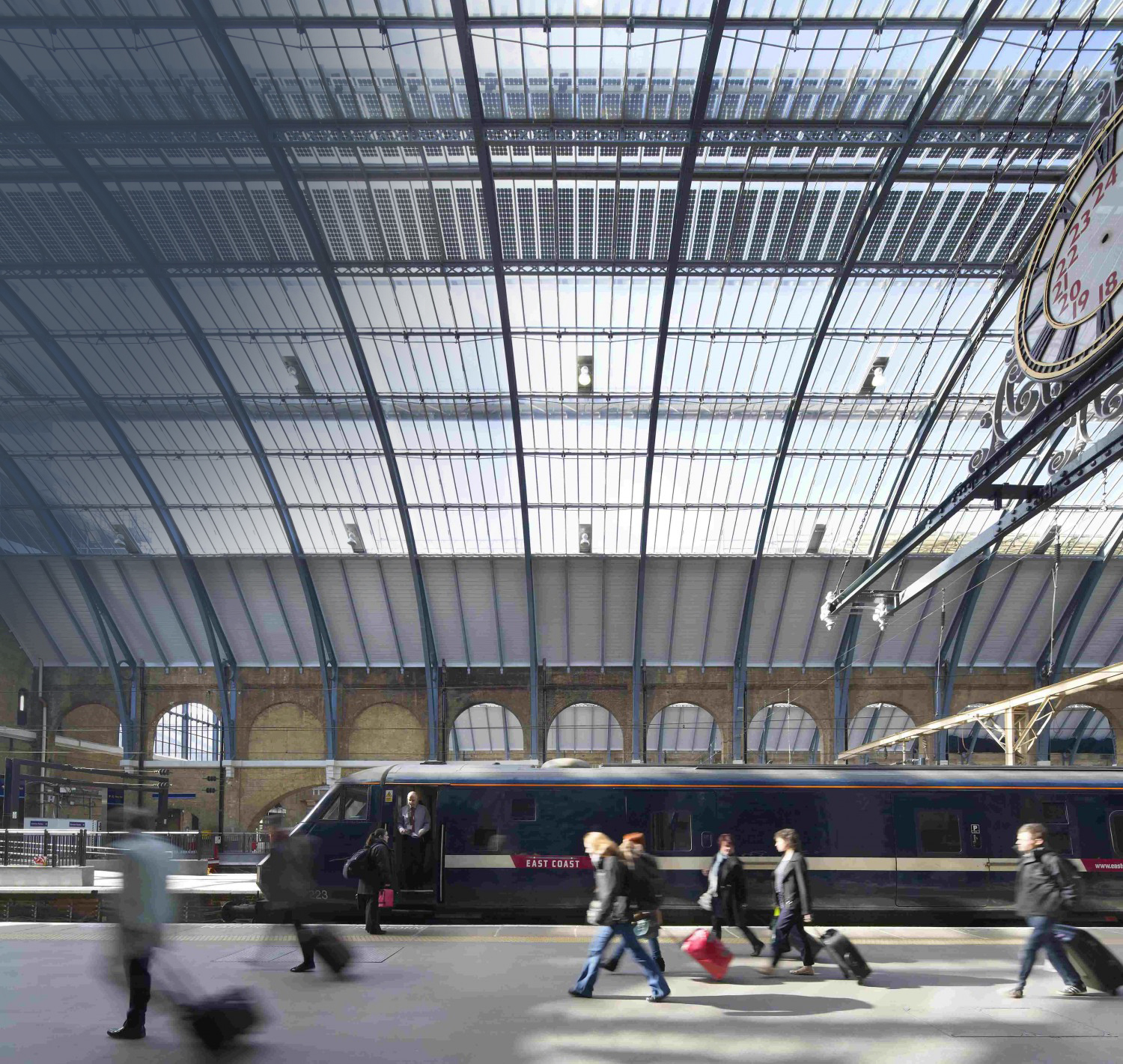Choosing The Best Glass Type For Your Rooflight Project
With the myriad of glass type available now, it is often confusing what to choose in terms of safety, thermal and solar performance and balancing cost with the benefits on offer. Do you know what type of rooflight glazing is best for your project?
Here we consider the most important considerations when choosing the best glass type for your rooflight project:

Rooflight Safety
Above all, safety is the critical factor in overhead glazing and the table below summarises what type of glass complies with current Building Regulations at time of writing:
- Glazing
- Height above floor level
- Suitable types for Single Glazing
- Suitable types for Double Glazing
- Up to 5 Metres
- Toughened
- Laminated or Wired Glass
- The innerpane must be Toughened or Laminated.
- The upper pane should be Toughened in either instance.
- 5 to 13 Metres
- Toughened glass not more than 6mm thick and panes not larger than 3sq/m.
- Laminated or Wired Glass
- The innerpane must be Toughened or Laminated. The upper pane should
- Toughened in either instance.
- Above 13 Metres
- Laminated or Wired Glass
- The lower pane must be laminated
Wired Glass is often used in double glazed combinations. However, there is a high risk of breakage due to thermal stress and advice should be sort from the sealed unit manufacturer. We do not recommend the use of Toughened Glass in single glazing or to the inner pane of double glazed units over swimming pools, food & beverage preparation units or any areas where the small broken pieces characteristic to this glass type, could cause subsequent injury due to contamination. In these situations, laminated annealed glass or polycarbonate would be the best choices.

Double Glazing
More or less without exception, the outer pane of a double glazed unit should be toughened glass. The inner pane may be toughened or laminated depending upon location and height above ground. Generally two sheets of toughened glass provide the most economic solution for domestic projects where the roof light is no more than 5m above floor level. If the height exceeds this, then laminated glass should be used for the inner pane.
When it comes to performance, the following are features to consider:

Low E-Coating
This offers improved thermal efficiency retaining more heat within the building.There are to type available standard ‘hard’ coat finish or the more popular ‘soft’ coat which offers a typical centre pane value of 1.2W/m2 when combined with an argon filled cavity.

Tinted Anti-Sun Glass
This body tinted toughened glass can be used as the outer pane combined with a laminated low-e softcoat glass to give the added benefit of reducing solar heat gain in the summer months at reasonable cost.

Large Pane Rooflights
The most economic glass tends to be 4-6mm thick which rarely can be installed wider than 1000mm, hence most domestic roof lantern and conservatory installation featuring glazing bars every 600 to 900mm. However, with the current trend for flat rooflights, single pane rooflights can be installed up to 3m x 6m in one pane of glass. This calls for specialist manufacturing and installation by experienced companies with the necessary handling equipment and expertise. Much thicker toughened & laminated glass so as not to deflect and care must be taken to ensure compliance with building regulations and local, design wind & snow loads.

Triple Glazing
All of the above glass type can be combined in a triple glazed units achieving both improved sound insulation and U-value as low as 0.60W/m2.K Consideration however, must be given to the additional weight.

Neutral Solar Control Glass
This has a special coating that provided improved solar control and appear more neutral in colour albeit with a slight grey/green tint. This is often described as 70/30 meaning it offers a 70% light transmission, but only 30% of the sun’s heat enters the building.
Our Technical Department is available to readers wanting further advice.
Call Us On 0208 801 4221!


